- Finding Utopia Newsletter
- Posts
- Philippine Marine Reserves — Guardians of the Blue Frontier
Philippine Marine Reserves — Guardians of the Blue Frontier
Stories: Philippine Marine Reserves — Guardians of the Blue Frontier; The Philippine Gold — More Than a Metal, A Heritage of Radiance; Pamitinan Protected Landscape — Where Nature, History & Legend Converge
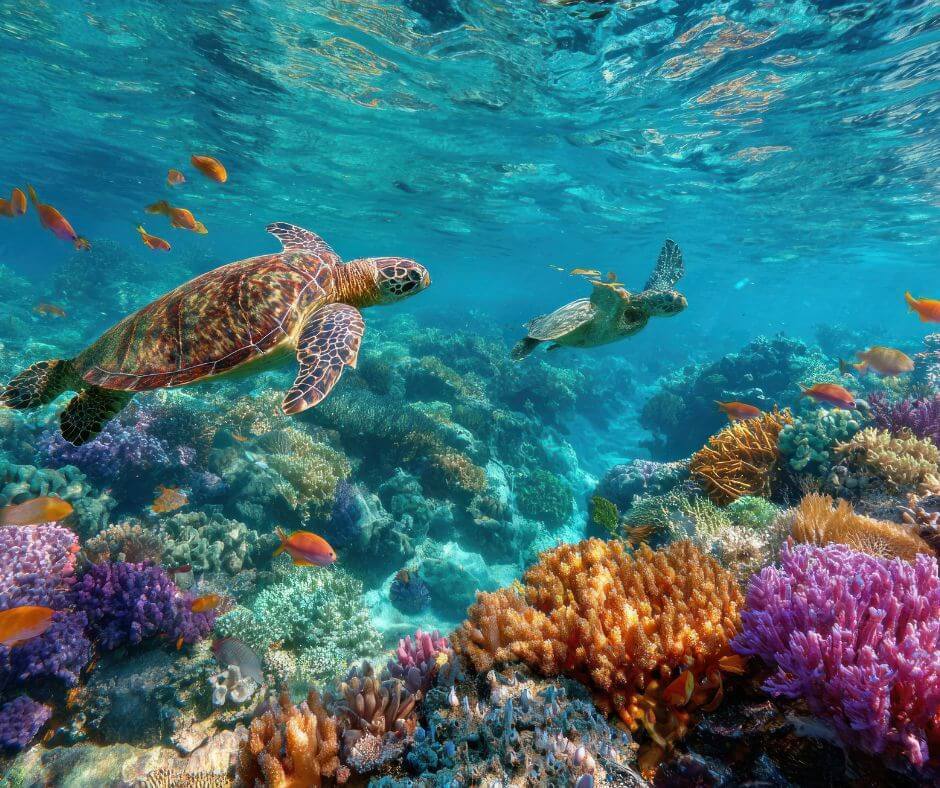
Hello and Mabuhay!
Welcome to Finding Utopia — your trusted guide to exploring the wonders of the Philippines and beyond.
In this edition, we bring you inspiring stories and essential travel insights to fuel your next adventure:
Philippine Marine Reserves — Guardians of the Blue Frontier
The Philippine Gold — More Than a Metal, A Heritage of Radiance
Pamitinan Protected Landscape — Where Nature, History & Legend Converge
Wherever you're dreaming of going next, we're here to guide you closer to your utopia.
Enjoy the read!
— The Finding Utopia Team
Philippine Marine Reserves — Guardians of the Blue Frontier
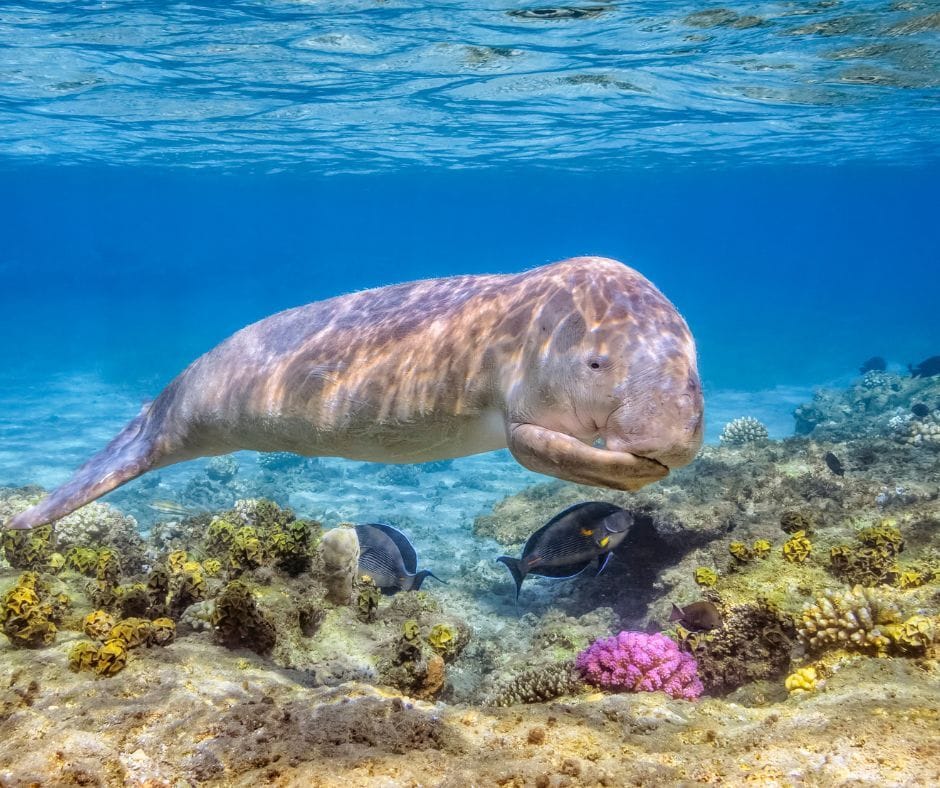
With over 36,000 kilometers of coastline and thousands of islands, the Philippines is more than an archipelago—it’s a living marine laboratory. Nestled in the heart of the Coral Triangle, the country is home to hundreds of coral species, 2,000+ reef fish species, and rare marine creatures that today face mounting threats. Marine reserves and MPAs (Marine Protected Areas) are the frontline defense in preserving this oceanic heritage.
Why Marine Reserves Matter
Restoring Ecosystems
Marine reserves—especially no-take zones, where extractive activities like fishing are strictly prohibited—give coral reefs, fish populations, and other marine life spaces to recover naturally. Over time, healthy ecosystems also “spill over” intosurrounding areas, improving fish catch for local communities.
Protecting Biodiversity Hotspots
The Philippines lies in the Coral Triangle and maintains three interlocking ecosystems worth protecting:Coral reefs, which host the backbone of marine life,
Mangroves, which serve as nurseries and protect coasts,
Seagrass beds, feeding grounds for dugongs, turtles, and many fish.
Shielding Coasts & Livelihoods
Healthy reefs and mangroves act as natural buffers against storm surges and coastal erosion. They also underpin local fishing, tourism, and community well-being.
Notable Marine Reserves & Protected Areas
Apo Island MPA (Negros Oriental) — A pioneering community-managed marine reserve with a strict no-take zone and success stories in reef recovery.
Apo Reef Natural Park (Occidental Mindoro) — The largest contiguous coral reef system in the Philippines, often held up as a model of balanced conservation and sustainable tourism.
Verde Island Passage (Batangas–Mindoro corridor) — Known as the “center of the center” of marine shore fish biodiversity.
Tañon Strait Protected Seascape (Cebu–Negros) — A large protected seascape home to whales, dolphins, and diverse marine fauna.
There are also locally managed reserves like Port Barton Marine Park in Palawan that show how community stewardship can work effectively on a modest scale.
Challenges & Limits
Weak Enforcement & Gaps
Many reserves exist on paper but lack the resources, staff, or political support to enforce protection—illegal fishing practices (e.g. dynamite, cyanide) continue in some areas.Habitat Loss & Coastal Development
Urbanization, resort building, mining, and shoreline reclamation degrade mangroves, seagrasses, and coral reefs—undoing gains made by protected areas.Climate Change Impacts
Rising sea temperatures trigger coral bleaching, acidification stresses marine organisms, and stronger storms damage infrastructure and ecosystems—even in well-managed reserves.Fragmented Governance
While the Philippines has over 1,500 MPAs, many are isolated or poorly connected, limiting ecological resilience and systemic protection.
Community-Based Models & The Way Forward
Power to Local Communities
One of the Philippines’ great innovations in marine conservation is community-based management. Instead of top-down mandates, many reserves are co-managed by local fisherfolk, barangays, NGOs, and local governments. This builds stewardship, cultivates compliance, and strengthens local identity with the sea.
Balancing Conservation & Livelihoods
To reduce conflict, many MPAs allow multiple-use zones —regulated fishing, tourism, or seaweed farming—alongside strict no-take sanctuaries. Over time, increased fish stocks support both conservation and economic goals.Toward Integrated Networks & Climate-Smart Design
The goal is to link isolated MPAs into networked marine protected area systems. New strategies include climate-smart zoning, dynamic boundaries responsive to species movements, and protecting blue carbon ecosystems like mangroves and seagrass beds.
Why This Matters to You
Marine reserves are more than distant sanctuaries—they are vital for the health of Philippine seas, the resilience of coastal communities, and the future of tourism, seafood, and climate adaptation. Supporting well-managed MPAs, practicing responsible diving and snorkeling, and spreading awareness help protect the blue frontier we all depend on.
Dive deeper with the full article:
The Philippine Gold — More Than a Metal, A Heritage of Radiance
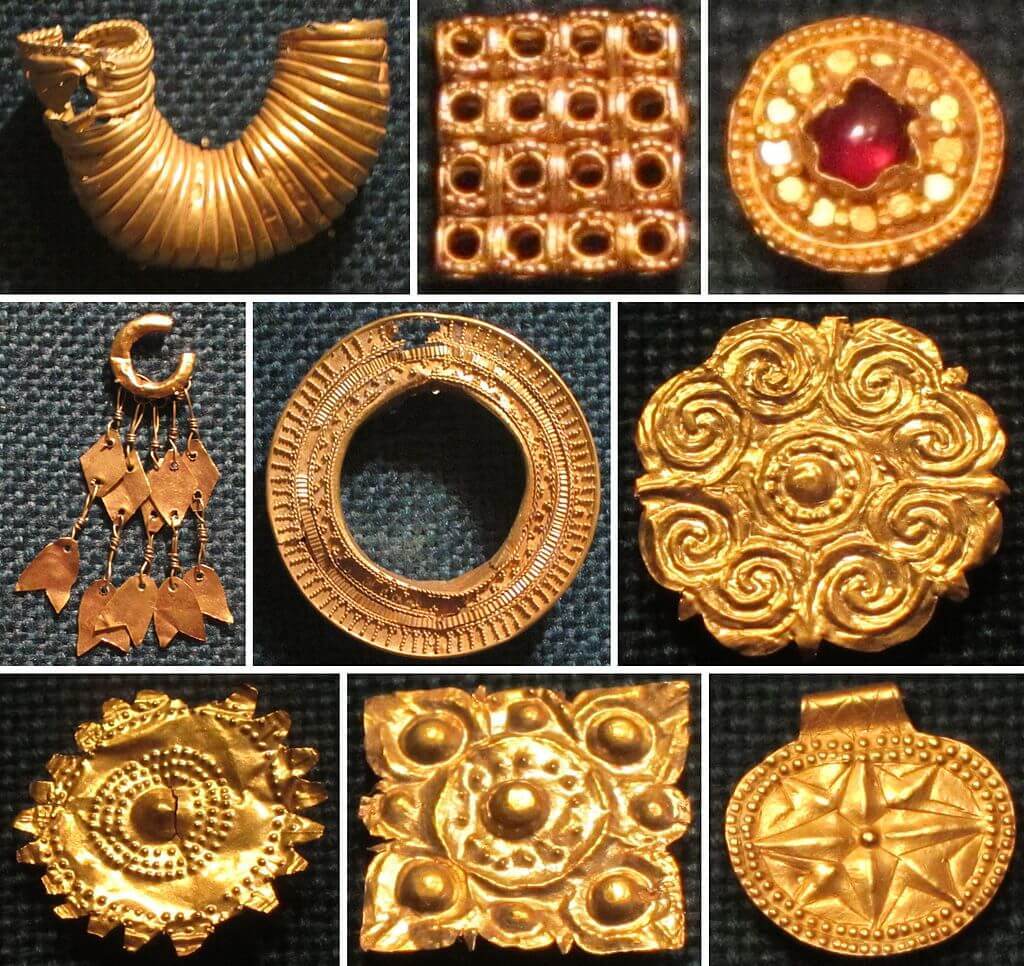
Gold in the Philippines is far more than a precious commodity—it’s a shining strand linking land, culture, artistry, and identity across millennia. The Philippine Gold maps its journey from riverbeds and mines to ceremonial regalia and modern jewelry, revealing how Filipinos have long shaped its meaning.
Gold in Nature: Where It All Begins
Mines, Rivers & Islands
The archipelago is naturally endowed with gold deposits—highland veins, riverbeds, and coastal sediments all carry traces of this luminous metal. In northeastern Mindanao, ancient gold mining flourished, using methods passed down through generations. Across the islands, prospectors sift gold particles from waterways, connecting nature and human endeavor.Modern Mining & Artisanal Efforts
Today, gold is still a key output. Open-pit mines like Masbate (Filminera/B2Gold) and Didipio (Nueva Vizcaya) lead the commercial sector. Meanwhile, artisanal and small-scale miners work more locally, often in fragile ecosystems. Programs such as planetGOLD Philippines strive to formalize and make these practices safer.
The Golden Legacy: Art, Culture & Symbolism
Ancient Craftsmanship & Jewelry
From simple beads to precious rings, necklaces, and ornate filigree, gold craftsmanship in pre-colonial Philippines reflects extraordinary skill. Archaeological finds include delicate earrings, beads, and ritual objects crafted with precision and meaning.Symbols of Power & Ritual
Gold was never merely ornamental. It conveyed authority, spiritual connection, and social rank. Burial masks, heirlooms, and ceremonial ornaments show how gold bridged the everyday and the sacred. The iconic gold kinnari (a half-human, half-bird figure) exemplifies this symbolic artistry.Trade & Cultural Networks
Philippine gold was deeply woven into Southeast Asian trade routes. Its value connected islands to neighboring kingdoms, shaping politics, alliances, and artistic exchange well before colonization.
Preservation, Museums & Modern Design
Where to See It Today
The National Museum’s “Gold of Ancestors” exhibit in Manila showcases many of these treasures. University collections and the Metropolitan Museum also hold pieces from the famed Surigao Treasure—one of the richest hoards ever discovered.Designers Reimagining Heritage
Contemporary Filipino designers draw on ancient gold motifs to craft jewelry that bridges past and present. Filigree, traditional shapes, and mythic symbolism surface in modern rings, earrings, and statement pieces that carry forward the lineage of artistry.Balancing Heritage & Demand
Gold’s modern role in commerce places pressure on both environment and culture. Mining expansion, global demand, and artisan sourcing pose challenges to sustainable heritage. Museums and heritage bodies stress the need to protect both artifacts and deposits.
Why Philippine Gold Still Matters
Gold in the Philippines isn’t merely a resource—it’s a mirror of identity, a vessel of stories, and a testament to human ingenuity over centuries. Each nugget, ring, or museum piece carries centuries of cultural memory. By preserving it, studying it, and honoring its legacy, we ensure that the brilliance of Philippine heritage continues to shine—beyond ledger sheets and market value.
Read the full article: The Philippine Gold
Pamitinan Protected Landscape — Where Nature, History & Legend Converge
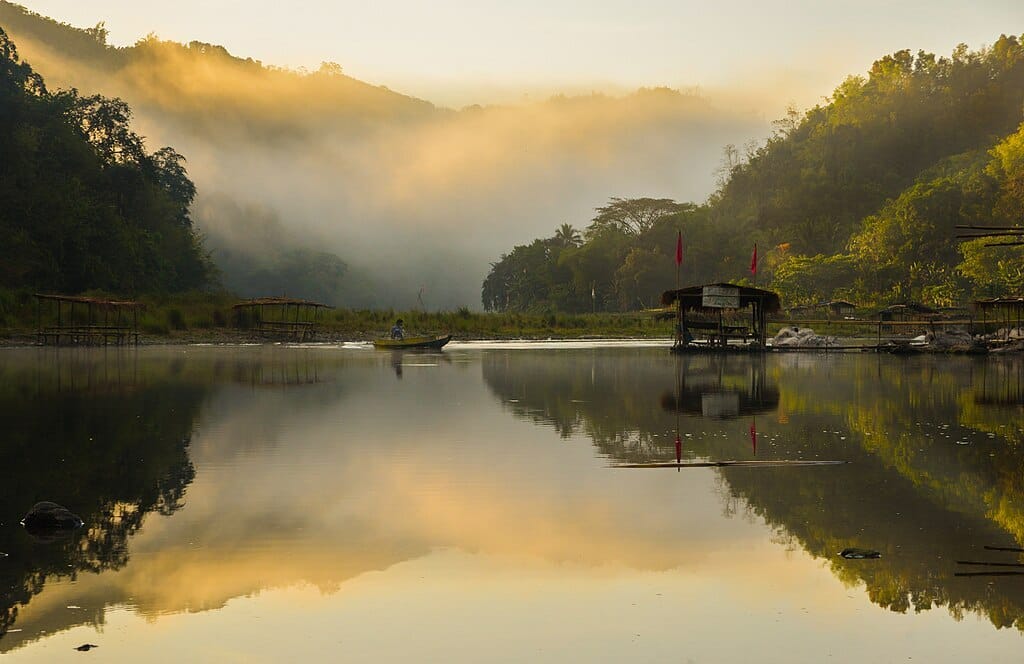
Just an hour or so from Metro Manila lies a seldom-appreciated treasure—Pamitinan Protected Landscape in Rodriguez (formerly Montalban), Rizal. Stretching over 600 hectares of rugged limestone, forested slopes, winding rivers and hidden caves, it offers a rare blend of ecological sanctuary, hiking challenge, and living history.
Highlights You Can Explore
Geological Drama: Ravines, Cliffs & Marble Boulders
Rivers and tectonic forces sculpted dramatic terrain here: sheer limestone cliffs, sprawling ravines, and massive marble boulders scattered along riverbanks. These features make the landscape itself a work of art.Wawa Dam & River Channel
The Wawa Dam, built in the American colonial era, remains a scenic and functional landmark. Though decommissioned, it moderates river flows and adds calm reservoir stretches to the landscape.Pamitinan Cave & “Kalayaan” Inscription
One of the most powerful draws is Pamitinan Cave, where Katipuneros once gathered in 1895 and carved “Kalayaan” (freedom) into its walls—a potent symbol of Philippine resistance. Today, it remains both a pilgrimage site and historical marker.Hiking & Summits: Mt. Pamitinan & Mt. Binacayan
Trails lead to twin peaks—Mt. Pamitinan and Mt. Binacayan, both over 400 m high. The 1.5–2.5 hour climbs combine limestone ridges, narrow paths, and occasional rope segments. Summit views reward climbers with vistas of the Sierra Madre, the Marikina river valley, and dense forest canopy.Rock Climbing & Adventure Routes
For the adventurous, the limestone cliffs surrounding the landscape offer bolted routes of varying difficulties. Climbers often combine hiking and vertical challenges in their itinerary.Biodiversity: Flora, Fauna & Forest Ecosystems
The protected area shelters native bird species—like the scale-feathered malkoha, Philippine bulbul, and swiftlets—and supports lowland dipterocarp trees including lauan, tanguile, bagtikan, and more. The forest also acts as a green lung in this peri-urban zone.
Visiting Tips: When, How & What to Expect
Best Time to Go
The optimal window is the dry season (December to May)—trails are safer, rivers calmer, and visibility from the summits sharpest.
April is especially meaningful—as pilgrims trek during Holy Week to reflect at Pamitinan Cave and honor its historic role.
Avoid the rainy months (June to October) when trails turn slippery and cave access becomes riskier.How to Get There
From Metro Manila, travel to Rodriguez, Rizal, by UV Express van or jeepney, then take a tricycle to the Wawa Dam jump-off point.
Entrance fees, local permits, and hiring a registered guide are required for hiking and cave exploration; you can arrange guides locally or in advance.Respect the Place
As a protected landscape, visitors should follow “Leave No Trace” practices—stay on marked trails, carry out trash, and treat natural and historic sites with care.Nearby Add-ons
Pair your Pamitinan hike with nearby attractions:Mt. Binacayan, often done alongside Pamitinan in a twin-peak trek.
Mount Hapunang Banoi, for those seeking steeper ridges and panoramic views.
Under Wawa Dam, calmer river stretches allow bamboo raft rides or refreshing dips.
Puray Falls (seasonal), deeper in local barangays, offers a quieter waterfall spot when conditions allow.
Why Pamitinan Matters
Pamitinan Protected Landscape is more than a nature escape outside Manila—it’s a space where landscape meets legacy. It is a living classroom of geology and biodiversity, but also a sacred site of history and revolution. The paths once walked by defectors, the cave where “Kalayaan” was inscribed, the modern-day pilgrim—all intersect in this rugged terrain.
Visiting Pamitinan is not just climbing a mountain or seeing caves—it is walking through the layers of nationhood, echoing freedom, and connecting with nature in a setting where the natural and cultural converge.
Explore more in our full post:



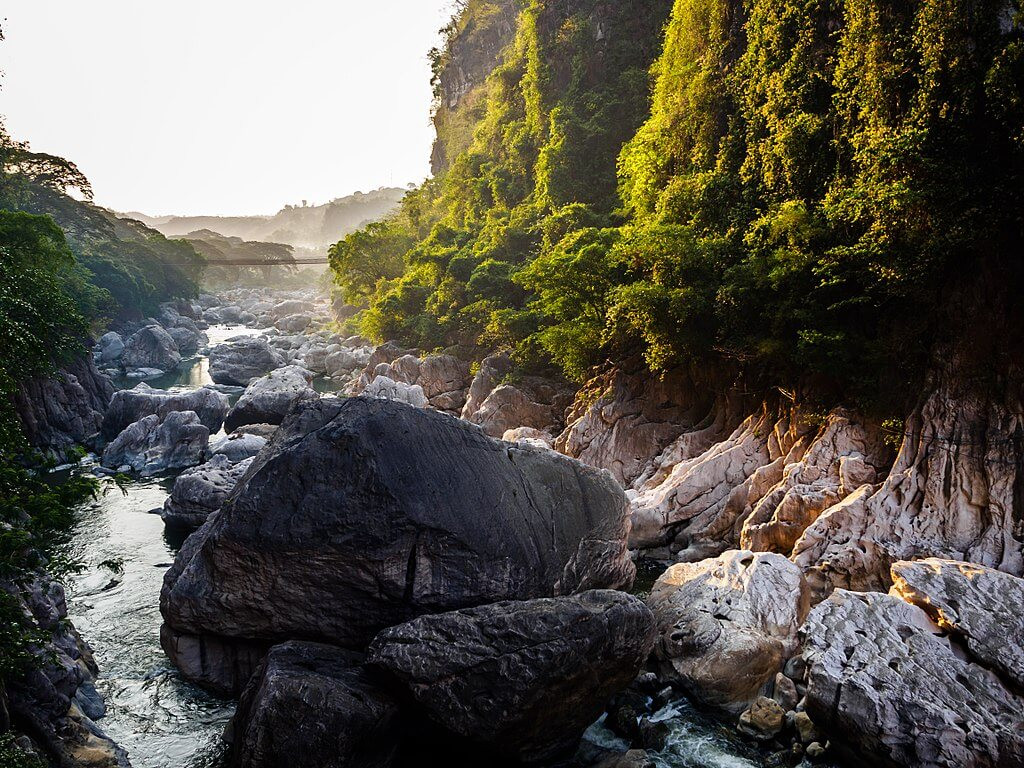
Reply